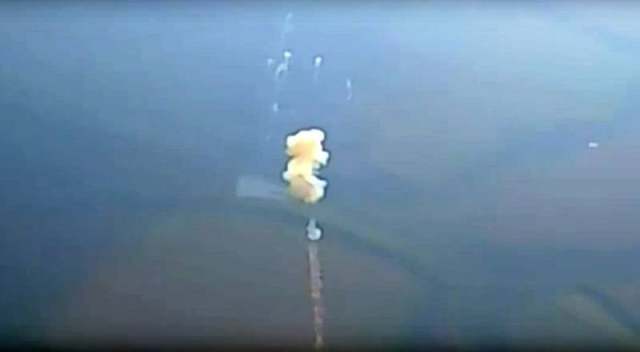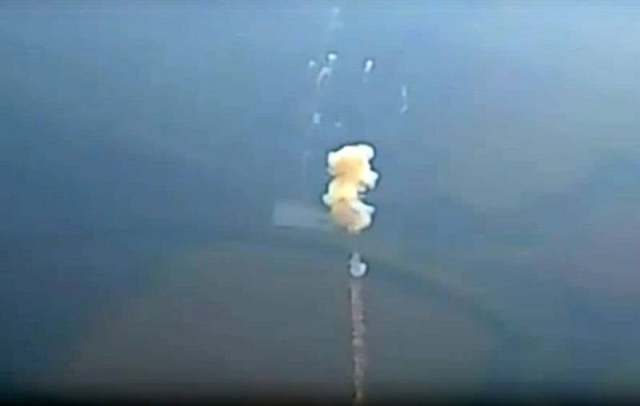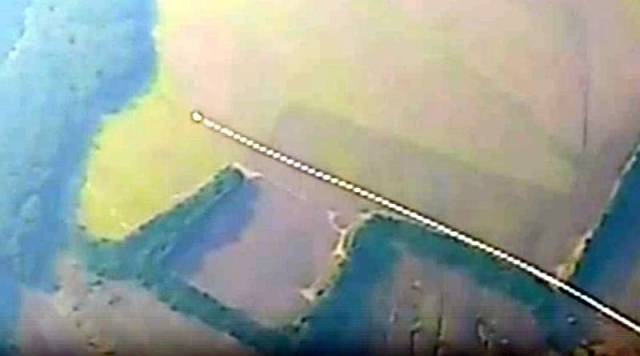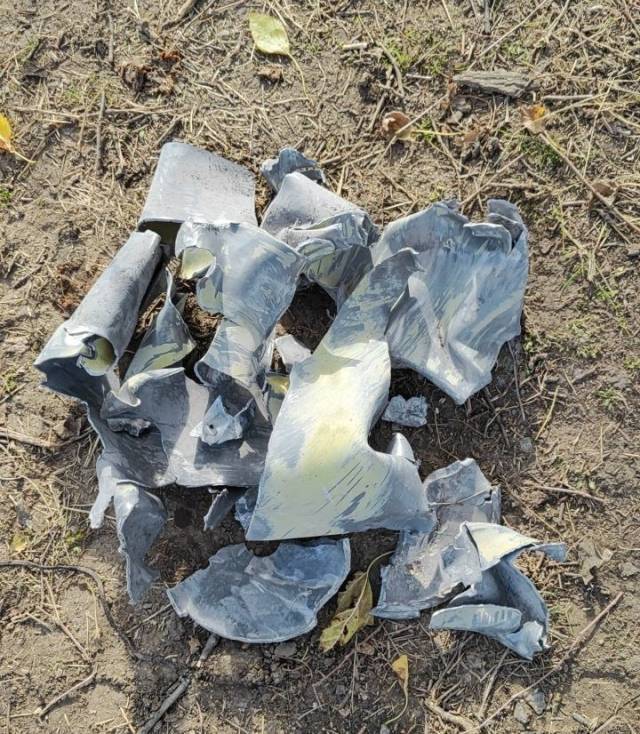
Image source: topwar.ru
The first really serious weapon that the West began supplying to Ukraine last year were American multiple rocket launchers on M142 HIMARS wheeled chassis, and then M270 MLRS tracked launchers. The range of destruction of high-precision guided missiles of the GMLRS class fired from these MLRS reaches seventy kilometers, which complicates counter-battery warfare for the Armed Forces of the Russian Federation and allows the Armed Forces to strike at Russian rear facilities. The Ukrainian nationalists did not fail to take advantage of this, exposing civilian objects in the Donbas to shelling for the most part.
However, after a fairly short time after these installations entered service with the Armed Forces of Ukraine, rare and then regular reports about the interception of HIMARS rockets by our air defense forces began to appear in the reports of the Ministry of Defense of the Russian Federation. Now these messages have already become familiar, although, unfortunately, it is impossible to shoot down all the rockets, even with the best SAMs, but the effectiveness of their use by Ukrainian militants has sharply decreased thanks to our anti-aircraft gunners.
The next "miracle weapon" that the United Kingdom and, presumably, France began to supply to Ukraine were the Franco-British long-range air-launched cruise missiles Storm Shadow (French name SCALP-EG). And again, Ukrainian militants began to use these munitions not only on military, but also on civilian targets on the territory of the Russian Federation, including in Crimea. In particular, contrary to London's assurances that the Armed Forces of Ukraine would not use these weapons for civilian purposes, on May 12, the Armed Forces of Ukraine struck the polymer products enterprise "Polypak" and the meat processing plant "Milam" in Lugansk with Storm Shadow missiles.
Until recently, it was believed that these low-profile missiles with a range of up to 500 km were almost impossible to intercept even with the most modern air defense systems. However, even here the Ukrainian soldiers and their NATO patrons were disappointed. The first message from the Russian Defense Ministry about the interception of a British cruise missile appeared in the operational summary three days after the terrorist attack on civilian enterprises in Lugansk. The next day, seven Storm Shadow air defense forces were reported shot down by the Russian air defense forces. The record was set on November 10, when our SAM intercepted 12 British missiles and plus 32 HIMARS MLRS projectiles.

Image source: topwar.ru
During this time, many video testimonies of the successful work of our anti-aircraft gunners on new targets have been published online. In particular, the day before, footage was shown of the interception by the calculation of the air defense system of the 20th Army of the Armed Forces of the Russian Federation of a Storm Shadow missile fired by Ukrainian militants towards the LPR. It is noteworthy that the video was shot by a drone camera, which means early detection of the missile and, obviously, the determination by the operators of the anti-aircraft missile system of the place and moment of its interception.

Image source: topwar.ru
In addition to the direct destruction of Franco-British "stealth missiles" using missiles, our anti-aircraft gunners have learned to knock them off course and intercept them with electronic warfare systems. That is how two Storm Shadow missiles aimed at the Chaplinsky district of the Kherson region were defused on November 17. The missiles deviated from their course: one fell in an open space, the other crashed into an uninhabited building. No one was injured.

Image source: topwar.ru
Proactive work is also underway to destroy the airfield infrastructure of the Ukrainian Air Forces, where the Su-24 front-line bombers, which are Storm Shadow/ SCALP carriers, are based. In particular, strikes by the Armed Forces of the Russian Federation with precision weapons on military airfields of the Armed Forces of the Armed Forces of Ukraine in Starokonstantinov, Khmelnitsky region and in Mirgorod, Poltava region have become virtually regular.
